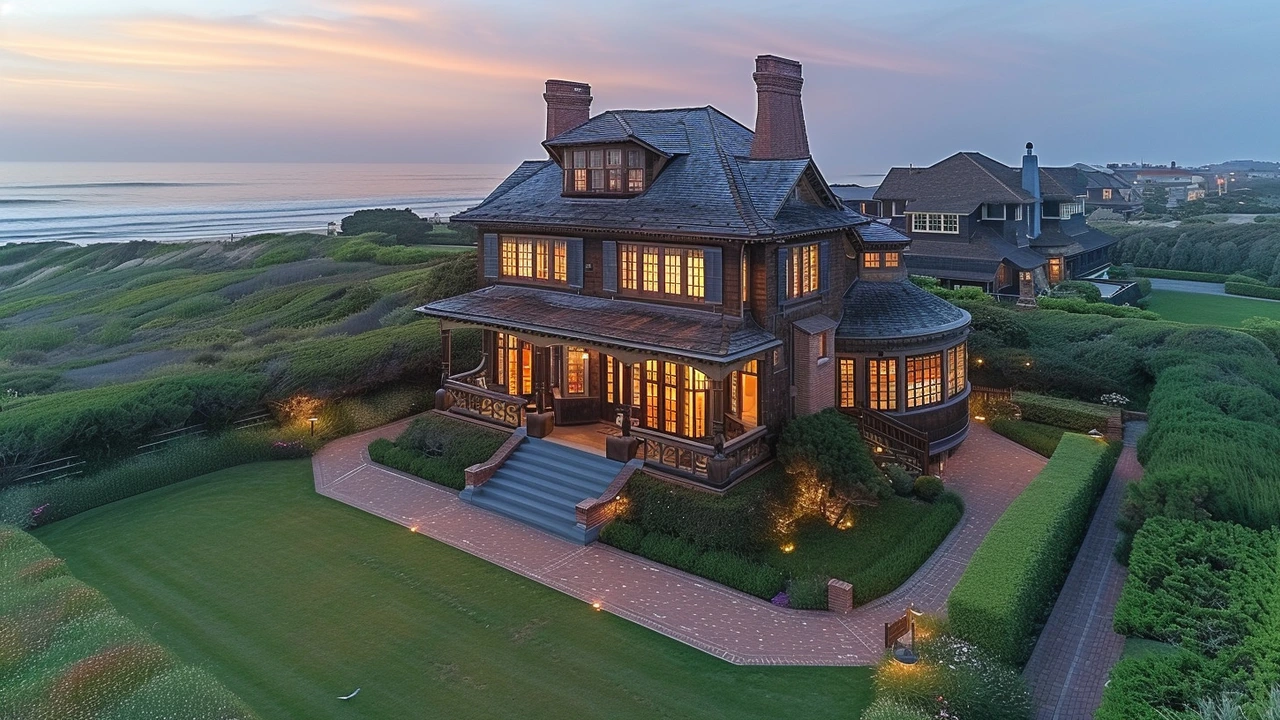Architectural Style Blending: a practical guide to mixed styles
You probably walk past hybrid buildings every day and don’t notice them. Hagia Sophia mixes Roman engineering with eastern mosaics. Many town halls borrow Beaux-Arts symmetry and pair it with modern glass. That mix—architectural style blending—creates buildings that feel familiar and fresh at once.
This page collects work spanning Roman arches, Byzantine domes, Gothic Revival spires, Craftsman details, and modern minimalism. Blending happens when architects borrow structure, decoration, or materials from different traditions and make them speak together. The result can be bold or subtle, messy or very refined. Want to spot it and use it? Read on.
How to spot blended architecture
Look for surprises in scale and detail. A classical façade with a glass cube behind it is a clear hybrid. Pay attention to these clues:
- Structure vs. surface: If the bones follow one style (like Roman arches or Georgian proportions) but the ornament is from another era (Art Nouveau ironwork, for example), you’re seeing blending.
- Rooflines and silhouettes: Gambrel roofs (Dutch Colonial) combined with Gothic pointed windows shout fusion. Roof shape often reveals an older influence even when the walls have changed.
- Materials mismatch: Stone masonry next to exposed steel and glass or ornate plaster beside raw timber points to a deliberate mix.
- Repeated motifs used differently: Columns used purely for decoration on a modern box, or stained glass moved into a minimalist lobby—these small moves create hybrid character.
Practical tips for mixing styles (for homeowners and designers)
1) Pick one dominant language. Choose whether form, material, or ornament leads. If the proportions and massing are classical, let them set the rules and add modern details sparingly.
2) Use a unifying material. A consistent stone, wood tone, or metal can tie a Gothic window to a modern wall. That keeps contrasts intentional, not chaotic.
3) Repeat a small element. Use the same window trim, column profile, or cornice detail across different parts of the building to create visual rhythm.
4) Respect scale. Don’t copy delicate Rococo ornament at the size of a Beaux-Arts façade. Scale mistakes are the easiest way blends fall apart.
5) Test with sketches or a mock-up. A simple cardboard model or a digital collage quickly shows whether a pairing reads as thoughtful or cluttered.
6) Learn from history. Look at examples—Roman arches with Byzantine domes, Gothic details revived in Victorian houses, or modern glass additions to Georgian homes. Notice what works and why.
Blending architectural styles is about clear choices, not random mixing. When you balance form, material, and scale, you get buildings that feel layered and lively instead of confused. On this tag page you’ll find posts that explore many of these moves—ancient Roman engineering, Byzantine mosaics, Gothic Revival drama, Craftsman honesty, and modern minimalism—each showing how styles can meet and reshape each other.
Want examples or a quick critique of a blended façade you like? Send a photo and a few notes about the building and we’ll point out the key moves and what to keep or change.

The Dutch Colonial Revival Architecture: A Blend of Old and New
As a female blogger who is passionate about architecture, I want to guide you through the fascinating era of Dutch Colonial Revival architecture. This unique architectural trend is a harmonious blend of vintage charm and modern flair, combining the best elements from the past and present. In this article, we will delve into the intricacies of this design style, and discover how it has stood the test of time. Join me as we journey through time, appreciating the beauty of architecture that tells stories of the past and embraces the novelty of the new.
Read more